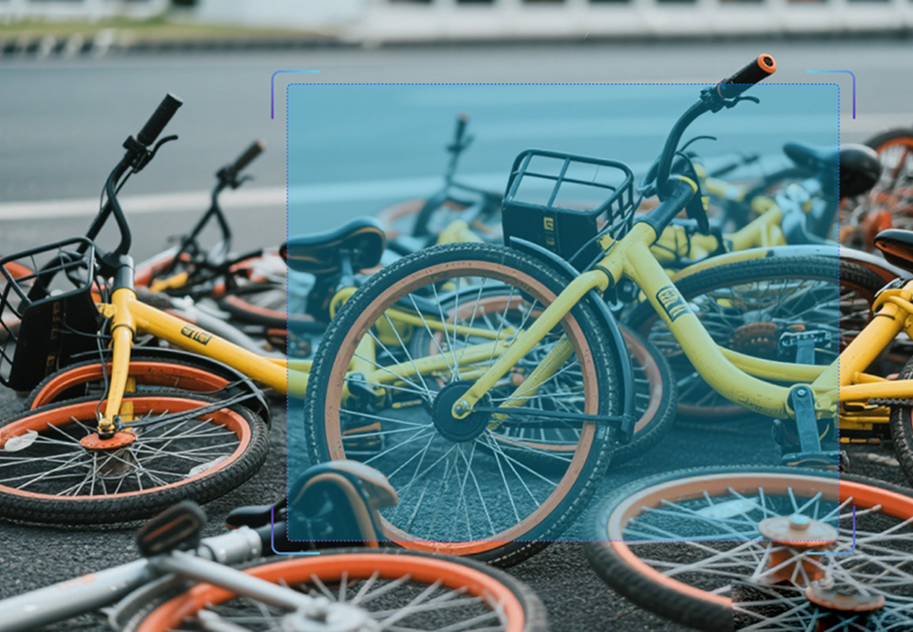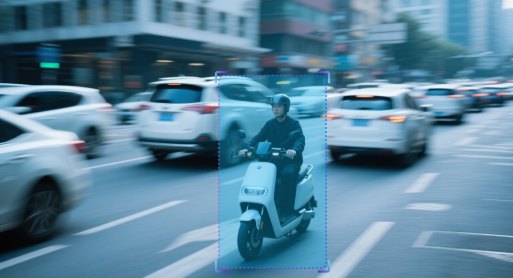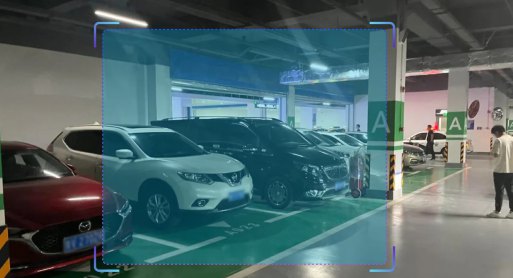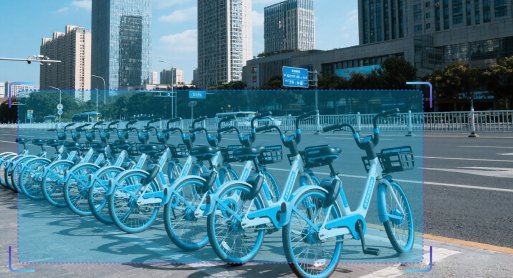
Shared Bicycle Toppling Detection

Algorithm Introduction
Utilizing visual analysis technology to detect overturned shared bicycles within designated monitoring areas, assisting maintenance personnel in rapid dispatch and arrangement to ensure road traffic flow and urban cleanliness. The system identifies shared bicycles knocked down beyond user-defined regions of interest (ROI) on road surfaces, with optimal performance in outdoor environments.
- ● Lighting conditions: Daytime outdoor environments with normal illumination
- ● Image requirements: Optimal detection performance at 1920×1080 resolution
- ● Target size: Visually identifiable by human eye; improved detection for clustered overturned bicycles
Application Value
-

Urban Roadways
Using road surveillance equipment, the algorithm detects for shared bicycles dumped in clusters within preset regions of interest (ROI), particularly along the edges of motor vehicle lanes and non-motor vehicle lanes, thereby preventing bicycles from obstructing traffic by occupying lanes. -

Subway Stations
The algorithm continuously monitors designated zones around entrances and exits, swiftly identifying improperly parked shared bicycles to prevent pedestrian congestion caused by vehicle accumulation and ensure orderly transfers. -

Parks
The algorithm focuses on areas such as entrances and pathways, accurately detecting toppled shared bicycles. This not only protects green spaces but also prevents visitors from tripping over obstructing vehicles, thereby ensuring visitor safety throughout the park. -

Business Districts
The algorithm detects for toppled shared bicycles in designated areas with high pedestrian traffic and shared bicycle demand, enabling prompt removal to prevent compromising the clean cityscape and business operations.
FAQ
-
Algorithm AccuracyAll algorithms published on the website claim accuracies above 90 %. However, real-world performance drops can occur for the following reasons:
(1) Poor imaging quality, such as
• Strong light, backlight, nighttime, rain, snow, or fog degrading image quality
• Low resolution, motion blur, lens contamination, compression artifacts, or sensor noise
• Targets being partially or fully occluded (common in object detection, tracking, and pose estimation)
(2) The website provides two broad classes of algorithms: general-purpose and long-tail (rare scenes, uncommon object categories, or insufficient training data). Long-tail algorithms typically exhibit weaker generalization.
(3) Accuracy is not guaranteed in boundary or extreme scenarios.
-
Deployment & InferenceWe offer multiple deployment formats—Models, Applets and SDKs.
Compatibility has been verified with more than ten domestic chip vendors, including Huawei Ascend, Iluvatar, and Denglin, ensuring full support for China-made CPUs, GPUs, and NPUs to meet high-grade IT innovation requirements.
For each hardware configuration, we select and deploy a high-accuracy model whose parameter count is optimally matched to the available compute power.
-
How to Customize an AlgorithmAll algorithms showcased on the website come with ready-to-use models and corresponding application examples. If you need further optimization or customization, choose one of the following paths:
(1) Standard Customization (highest accuracy, longer lead time)
Requirements discussion → collect valid data (≥1 000 images or ≥100 video clips from your scenario) → custom algorithm development & deployment → acceptance testing
(2) Rapid Implementation (Monolith:https://monolith.sensefoundry.cn/)
Monolith provides an intuitive, web-based interface that requires no deep AI expertise. In as little as 30 minutes you can upload data, leverage smart annotation, train, and deploy a high-performance vision model end-to-end—dramatically shortening the algorithm production cycle.





